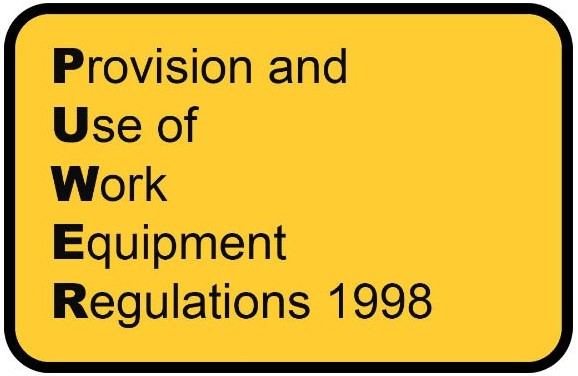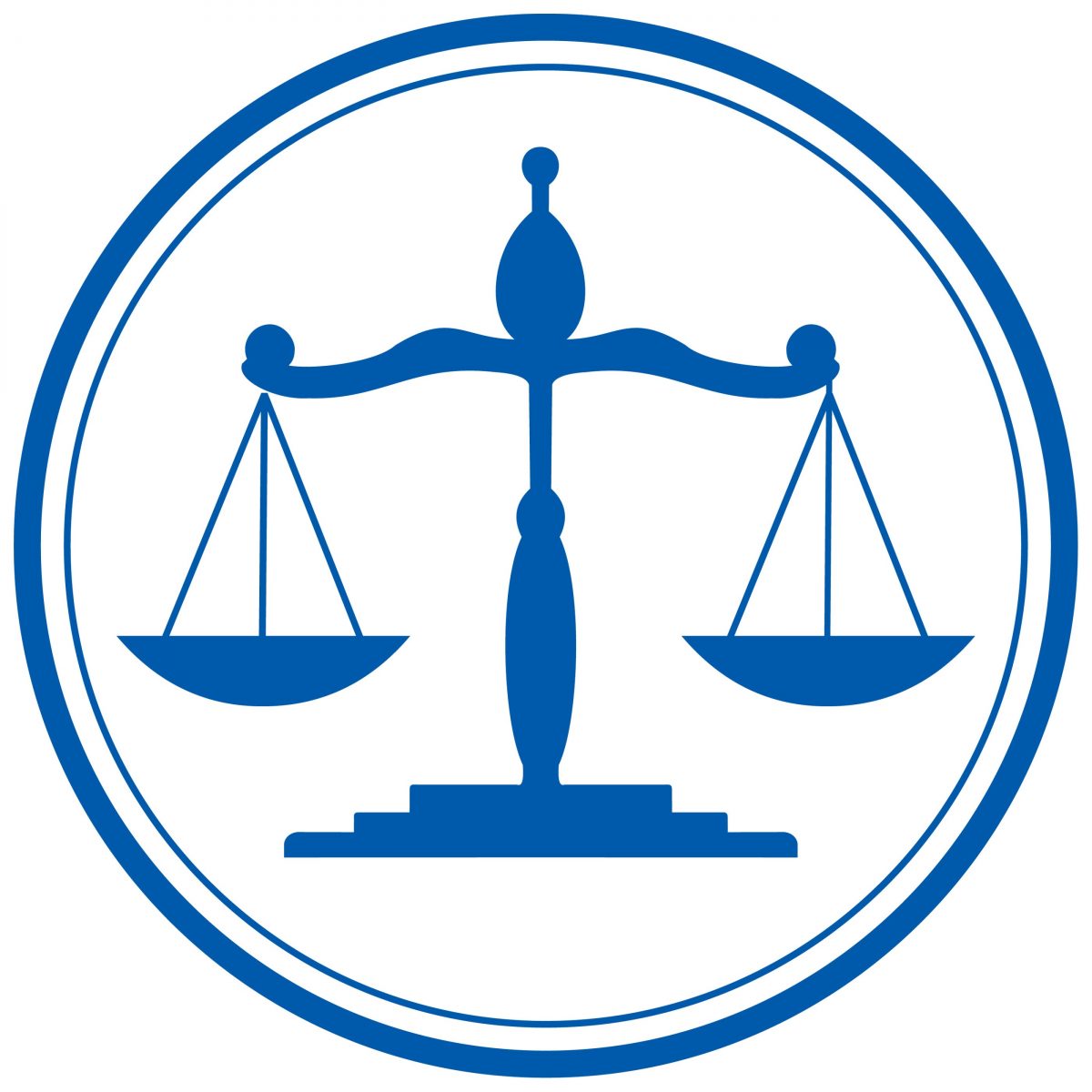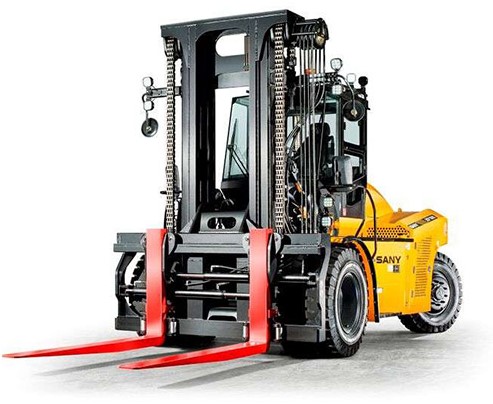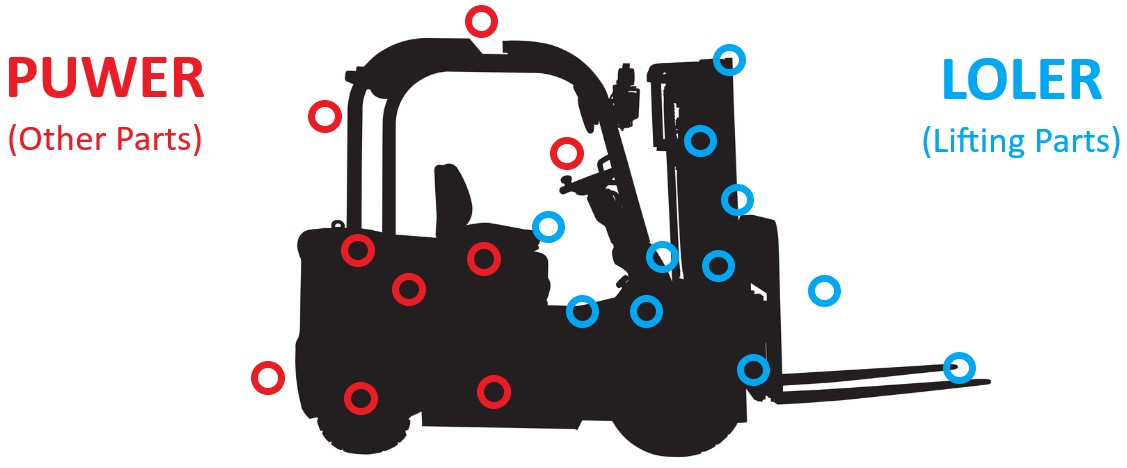PUWERThe Provision and Use of Work Equipment Regulations 1998, also known as PUWER, is a
Who does PUWER apply too? If you are an employer (whether as an individual, partnership or company) you have a duty to ensure that items of work equipment provided for your employees, and the self-employed working for you, comply with PUWER. You have a legal duty to consult with your employees on matters relating to health and safety in the workplace. It is important to note that if you are an employee you do not have anyspecific duties under PUWER. You do, however, have general legal duties under the Health and Safety at Work Act 1974, to take reasonable care of yourself and others who could be affected by your actions, and to co-operate with your employer so that your employer can fulfil their health and safety duties and requirements. PUWER does not refer to equipment that is used by the public, as this is covered under the Health and Safety at Work Act 1974. Furthermore, the regulations do not apply to those who have supplied or sold equipment (although they do have a duty to provide adequate information to ensure safe use, dismantling and disposal). When equipment is supplied or sold the person who has bought the equipment must ensure that it is used in line with the manufacturers recommendations and it does not present a risk to those at work.
What is in the legislation? The regulation is a very broad document, given it is required to cover the wide-ranging types of equipment that can be used within the workplace. The document is broken down into 5 parts:
· is it suitable for use, has it been inspected? · is it maintained? · have all the risks been considered? · is additional equipment required? such as PPE · what are the sources of energy of the equipment and are they suitable? · Are people using the equipment trained, competent and have been provided with adequate information? 3. Mobile Work Equipment: This section refers to equipment that moves, this equipment is covered under the regulations as they carry a specific risk due to moving about. Again, the regulations ask whether all the risks have been considered and has the suitability of the equipment been considered, whether the equipment is being used to elevate people, if it is specifically designed for a function and have routes and clearances been dictated. 4. Power Presses: Section 4 is specific to Power Presses given they come with specific risk. The sections considers installation, thorough examination, appropriate guarding and whether operatives are trained and competent. 5. Miscellaneous: Finally, the concluding section covers various parts such as exemption for the armed forces.
Key principles As shown above the regulations are very broad and cover all aspects to do with work equipment. Essentially though, the regulations have some key principles to be followed.
Forklift trucks are covered within section 3 of the PUWER regs, given the specified risks that are synonymous with the equipment, such as the risk of rolling over. Risk Assessment: As per the Management of Health and Safety Regulations 1999 risk assessment plays a vital role within PUWER regulations. The task should be considered, and assessment should deem what the correct piece of equipment should be. All hazards and risks associated with the task should be assessed, including if there are any mitigations to protect people and if any further controls should be put into place, such as additional guarding or safe systems of work.
Purchasing/Selecting Equipment: The equipment should be considered to ensure that it is suitable for the job. It must have been designed and tested in accordance with any directives or specifications. Equipment should be CE marked and you should have a declaration of conformity with it, as well as access to instruction manuals and operating guides. Companies hiring equipment out must ensure that it is tested and inspected and safe to use, hirers of equipment must ensure that those using it are trained and competent and have considered all the mitigating measures for the risks around using it.
Inspections: All equipment will require inspection; the frequency and depth of these inspections will be evaluated by the equipment risk assessment. Some equipment, such as hand tools or ladders, may require a visual inspection, other equipment may require testing for a specific operation, such as a LEV extraction unit which requires pull testing. Other equipment will need calibrating, such as sound measures and finally, other equipment may also be covered by separate regulations; such as lifting equipment which is covered by LOLER 1998 or electrical equipment which is covered by the Electricity at Work Regulations (1989). Inspections should be carried out by a competent person, a competent person is someone who has sufficient Skills, Knowledge, Training and Experience to carry out the inspection.
The PUWER regulations cover all work equipment, however, as previously mentioned some equipment may be covered by other regulations in tandem with PUWER. For example, as shown below, a forklift truck is covered by PUWER, but has specific lifting elements which are covered by the Lifting Operations Lifting Equipment Regulations 1998 (LOLER). This is an aspect which must be considered when selecting and assessing equipment, to ensure that the equipment being used is compliant with all regulations which it is covered by.
(All information is correct as of 26th July 2019) |

 pieceof legislation set out under the Health and Safety at Work Act 1974. As the name suggests these regulations aim to ensure that work equipment and machinery used at work is kept safe. PUWER aims to make sure that the work environment is safer for those using or coming into close contact with equipment and machinery. They aim to ensure that all equipment is suitable for its intended purpose, regularly maintained to ensure safety and used only by those who have received adequate training and that equipment is inspected by competent workers.
pieceof legislation set out under the Health and Safety at Work Act 1974. As the name suggests these regulations aim to ensure that work equipment and machinery used at work is kept safe. PUWER aims to make sure that the work environment is safer for those using or coming into close contact with equipment and machinery. They aim to ensure that all equipment is suitable for its intended purpose, regularly maintained to ensure safety and used only by those who have received adequate training and that equipment is inspected by competent workers.

